
Birkin Performance SS3XS
Text and Photos by Jim Youngs
Clothing designers have figured out a way to appeal to aging baby boomers — a bit more room in areas where it’s most appreciated for added comfort. Shirts, pants, shorts and even sneakers now proudly wear the “relaxed fit” monikers and they are selling like hotcakes. So it seemed fitting then that Tom Carlin, the honcho of Birkin Direct–USA, describes its new SS3XS as the “relaxed fit” model in the five-model lineup — the XS designation stands for extra space.
Tom admits that this expression came to him as he was moving cars around in his Gypsum, Colorado, shop in order to extract the silver Lotus Seven replica you see here for a trip down the mountain for our ReinCarNation evaluation. Hopping in and out of the cars to move them around, he got that favorite-pair-of-jeans feeling once he easily snuggled down into the oversize cockpit of this SS3XS. That extra space refers to a wide-body configuration with an enlarged cockpit that is three inches longer and four inches wider than the company’s standard SS3 cars. Having experienced over the years numerous LSIS (Lotus Seven Inspired Sportscars, as they are referred to in the UK), I can say that the added elbow and hip room is most welcome.
U.S. performance mavens have historically been steeped in the mindset that big-horsepower V8s are the only way to go when it comes to fast sports cars. In fact, aren’t America’s favorite sports cars and muscle cars small two-seaters powered by big V8 engines (e.g., Corvettes and Cobras)? Well, the Brits long ago figured out that a light, well-balanced car with good brakes, nimble suspension and smooth power delivery, like this Birkin, can handily steal the thunder from typically overpowered, under-braked, imbalanced hot rods and muscle cars.
Lotus Seven-inspired sports cars comprise the lion’s share of the specialty car market in the UK, much like Cobra replicas do here in the U.S. But in recent years, the diminutive Sevens have gained a cult-like following on this side of the pond thanks to some of the traits mentioned above.
The Birkin line comes from South Africa, where founder John Watson has been manufacturing them since 1983. Like many stories in the specialty car business, Watson’s background is based on a passion for racing and nimble sports cars, namely Lotus Sevens. Watson was born in Wales and at four months old his family moved to Rhodesia (now Zimbabwe) where he grew up, served in the Rhodesian special forces and studied engineering. It was during his military service that he found a Lotus Seven S2 that needed a total restoration and kindled his devotion to all things Colin Chapman.
In 1978, Watson left Zimbabwe for South Africa, but without his Lotus project. Determined to have a formidable, cycle-fender sports car, he created one for himself. His hobby then turned into a business as he built another for a friend, then more and more until he officially established Birkin Cars South Africa.
We’ve seen Birkin cars arrive on U.S. shores from time to time, but with short-lived dealer support. Three years ago however, Tom Carlin, after building one for himself in 2009, established the exclusive importer/distributorship Birkin Direct for the U.S. and Canada. Carlin also has Lotus experience, having owned a 1973 Europa that he raced in autocross events back in the day.
Birkin Direct-USA offers its replicas on an a la carte basis so that a builder can buy as much or as little as desired as the build progresses. There are five Build Groups that comprise the basic kit and they can be purchased all at once or separately, one group at a time. Groups 1 & 2, however, must be purchased together. (1 & 2 are basically a skinned chassis with fuel lines, brake lines, wiring loom and all bodywork for less than $5,000.) The balance of the Build Groups range in price from $3,000 to $4,000.
The Birkin’s foundation is a steel space frame consisting of round, square and rectangular tubing skinned with aluminum panels. In the case of this demonstrator, it is fitted with a Subaru R160 or R180 differential IRS setup with oval steel-tube double-wishbone control arms, billet aluminum uprights and an adjustable anti-sway bar. The binders are VW/Audi single-piston calipers with solid rotors and mechanical parking brake, and the rear end is suspended by 1.9-inch coil overs with Protech aluminum-body, single adjustable shocks.
The front suspension consists of aero-shaped steel-tube double-wishbone control arms, also with billet aluminum uprights. Birkin uses the same uprights on all four corners and accommodates mounting points for the various brackets and attachment points. The front end also has an adjustable anti-sway bar and Wilwood four-piston calipers and vented rotors. And the car rides comfortably on handsome Enkei alloy wheels (15 x 7” fronts and 15 x 8” rears) wrapped in Hankook rubber (195/50 fronts and 235/45 rears).
Typical of the mass of LSIS cars in the UK, the Birkin takes advantage of small-displacement engines to achieve stellar performance. Common among the powerplants used are the Ford Zetec line, though GM Ecotec engines are gaining a foothold, while the Mazda-derived Ford Duratecs seem to the favorites.
This demo Birkin is powered by an aluminum-block, 2.0-liter Duratec four-banger fitted with individual throttle bodies controlled by a Specialist Control Systems Delta 400 ECU mounted under the dash. The car can also accommodate the larger Duratec engines measuring 2.3 liters and 2.5 liters. Exhaust on the Duratec is Birkin’s own tri-Y stainless steel header feeding into a shrouded sidepipe. The engine is backed by a smooth Ford T9 five-speed and Clutch Masters aluminum flywheel with a Stage 100 clutch pack.
The cockpit is simplicity personified. Everything is at hand and easily identifiable. The demo model’s dash was fitted with VDO gauges (though other brands can be used as well). The dash is padded, the floors are bare aluminum and both the pedal assembly and the bucket seats are adjustable to accommodate drivers of all sizes. The fiberglass-shell, high-back racing seats are comfortable and supportive, and four-point G-Force racing harnesses hold occupants securely.
Typical of all Lotus Seven-style replicas, the Birkin has a fiberglass nosepiece, front cycle fenders and rear fenders, with the rest of the body components made of hand-formed aluminum.
Driving the Birkin is certainly a visceral experience and a real joy. It’s no wonder that mad dogs and Englishmen — well, lets just say that leather elbow patches would certainly be welcome, as flying road debris is a part of the road-going experience. So is the ability to easily strike a match on the tarmac to light your Meerschaum. And watching the front cycle fenders bob with every undulation of the road is mesmerizing. To be sure, this open-air ride is fun as the car hugs the curves and stays level, and aiming it requires little more than suggestive inputs of the tiny steering wheel. But such an elemental experience won’t cramp your style, since this XS model boasts a skosh more room to boot.

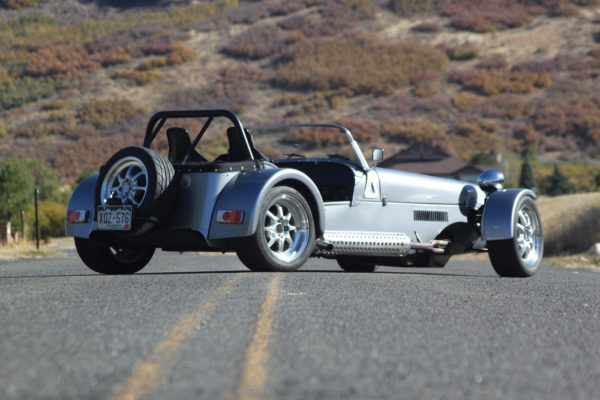
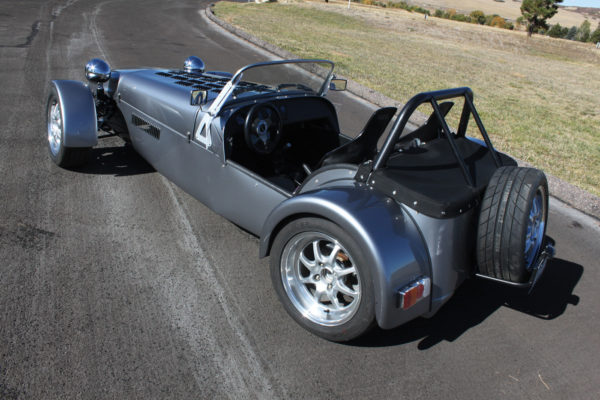
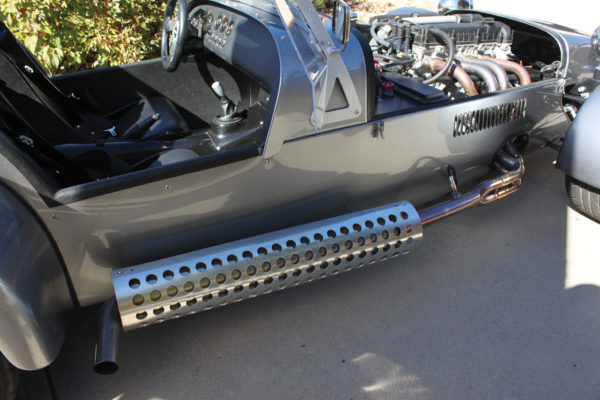
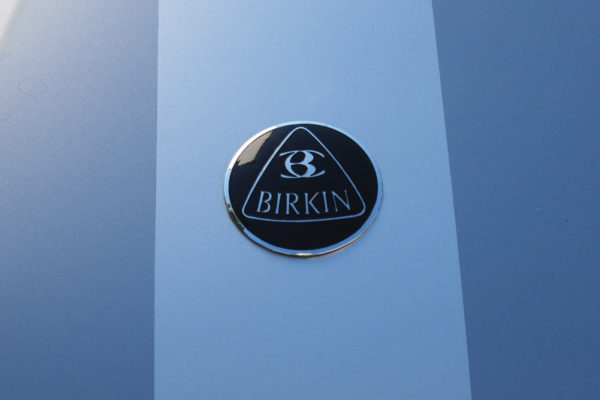
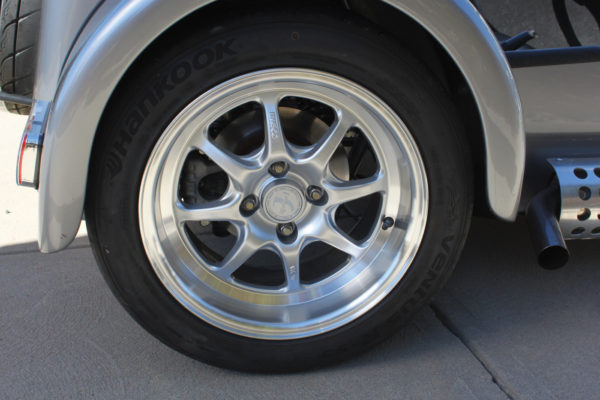
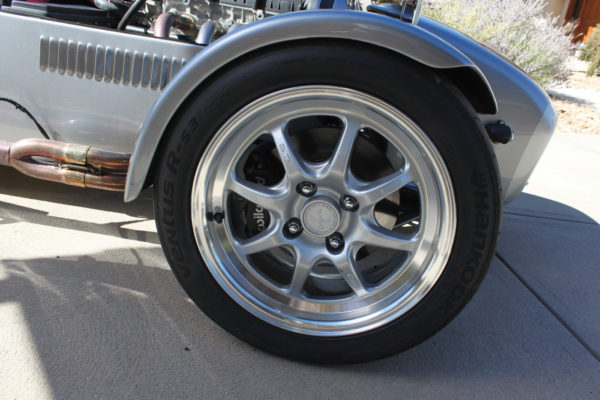
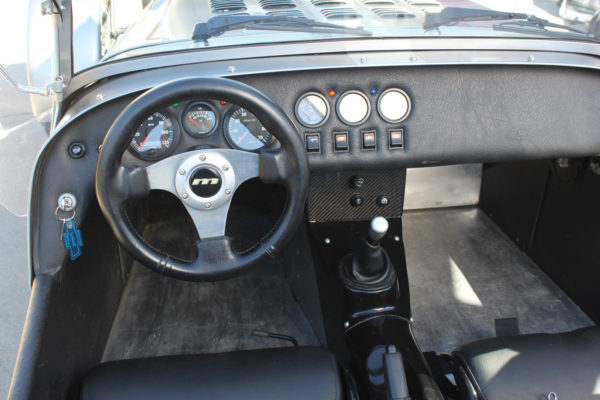
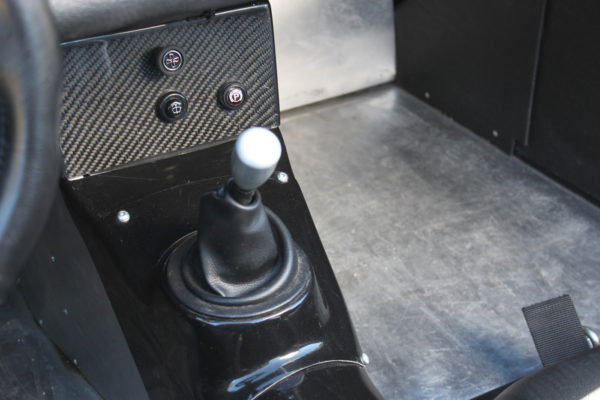
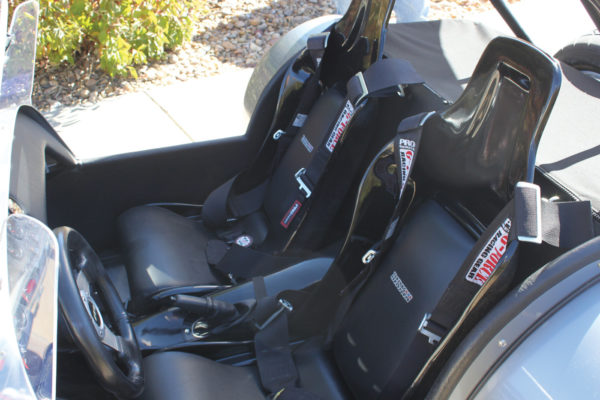
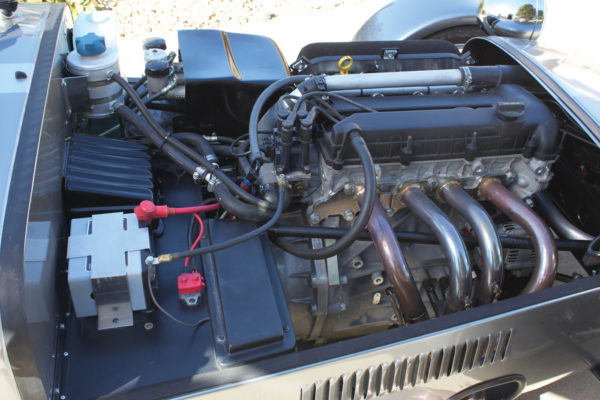
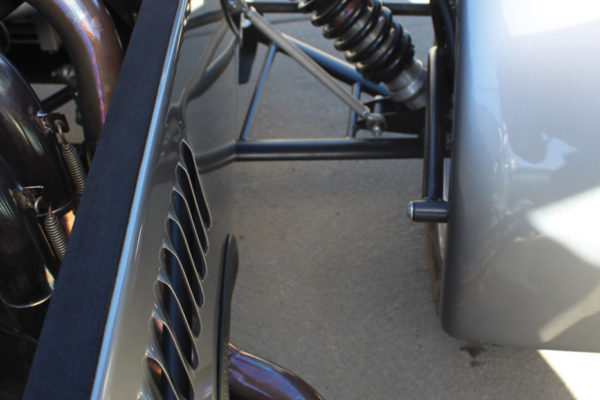
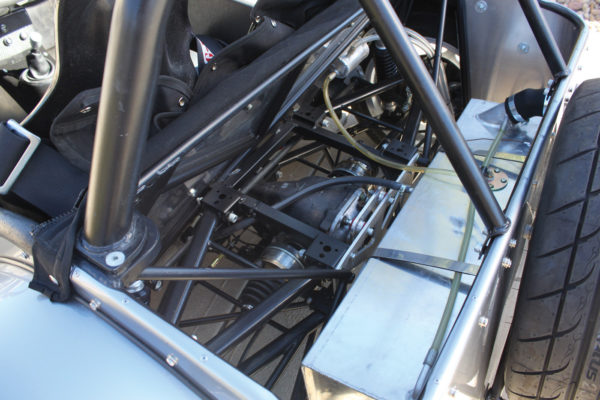
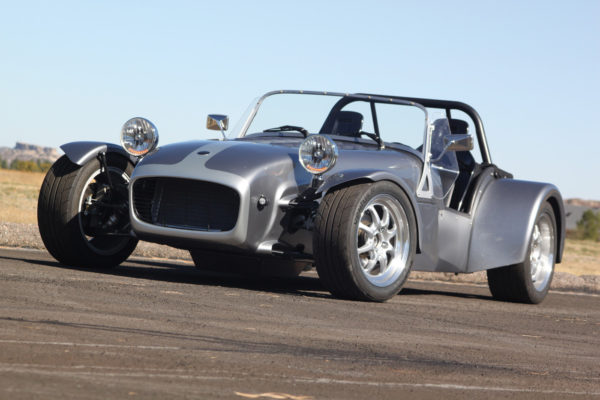
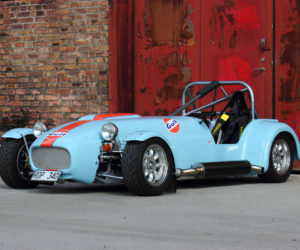
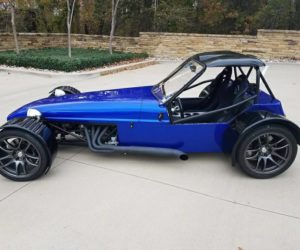
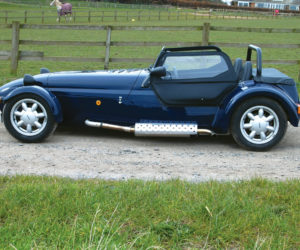
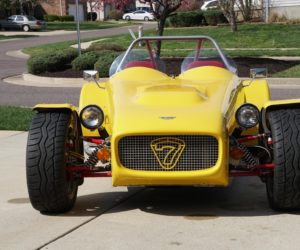
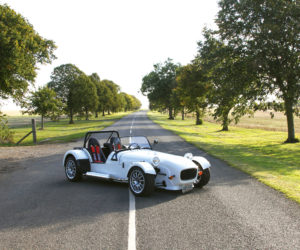
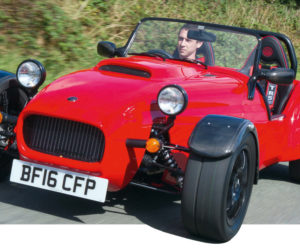




Comments for: Relaxed Fit
comments powered by Disqus